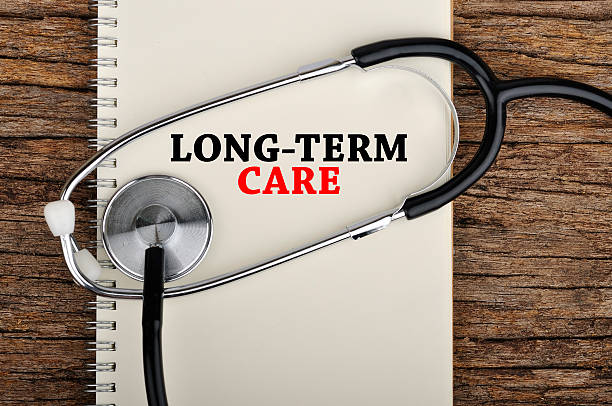Price Transparency - Coming to a Hospital and Insurance Company Near You

Last summer the federal administration announced plans to force health insurance companies and hospitals to publish their pricing schedules. (here) Last week, the Department of Health and Human Services released the finalized rules. (here)
The rules require insurance companies to:
- Post online estimates of cost-sharing liabilities for all health care items and services;
- Disclose on a public website negotiated rates for in-network providers and the allowed amounts for out-of-network providers.
Hospitals are required to:
- Make public all standard charges, negotiated contract payments for insurance companies, and cash-payer charges;
- Make available all “shoppable” charges (x-rays, lab tests, etc.).
Hospitals that don’t comply will face a penalty of $300 per day.
Hospital and insurance organizations are already pushing back against the ruling. (here) Their argument is that pricing between a hospital and an insurance company is proprietary. If prices are made public, other hospitals would actually raise charges to match the best payment rate.
American health care is at a crossroads. We can either allow government bureaucrats to control the health care system and dictate who gets what kind and how much care, or we can allow patients, as consumers, to obtain the health care they want and need. For patients to be informed consumers, price transparency is mandatory, just like in all other economic activities. It would be ludicrous to shop for food, for example, without knowing prices.
The question, of course, is why price transparency hasn’t naturally occurred in our health care system? Simply put, the vast majority of health care is paid for by someone else, a third party. If an employer (through private insurance) or the government (through Medicare, Medicaid, Obamacare, and the VA system) is paying for care, patients as consumers have no motivation to “shop” for treatments based on cost.The government forcing price transparency on insurance companies and hospitals does nothing to address this underlying problem.
Americans are experiencing more out-of-pocket expenses and higher deductibles, so there is a trend toward more consumerism. Even without meaningful health care reform, there may be a tipping point where patients are using so many of their own dollars that they demand price transparency in medical care.
Price transparency is mandatory for competition and consumerism. The tragedy is that the government has to get involved to make this happen. In a perfect world, hospitals and insurance carriers would want patients to have access to this information without the government forcing these industries to provide prices.







